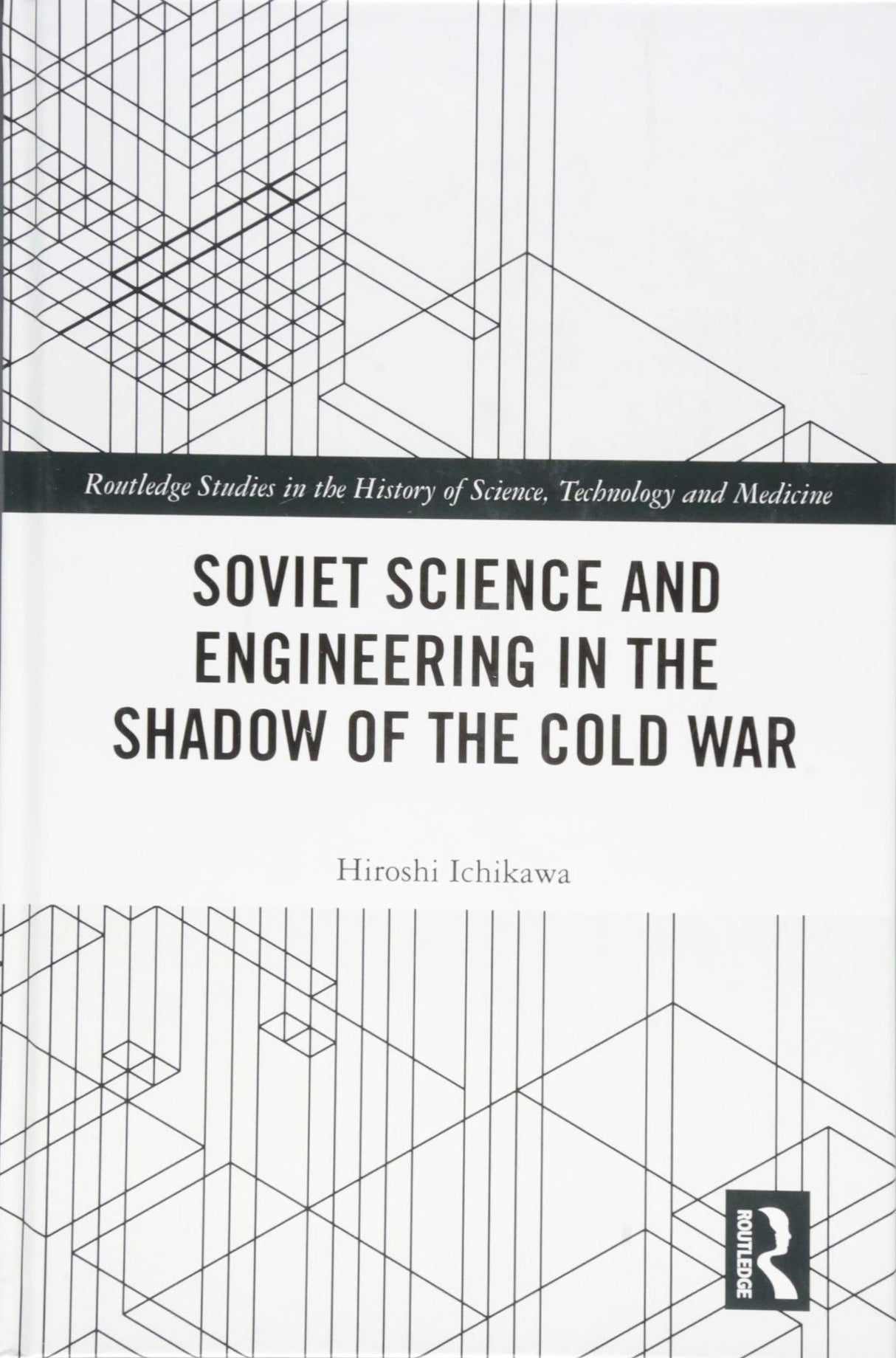Soviet Science and Engineering in the Shadow of the Cold War (Routledge Studies in the History of Science, Technology and Medicine)
Soviet Science and Engineering in the Shadow of the Cold War (Routledge Studies in the History of Science, Technology and Medicine) is backordered and will ship as soon as it is back in stock.
Couldn't load pickup availability
Genuine Products Guarantee
Genuine Products Guarantee
We guarantee 100% genuine products, and if proven otherwise, we will compensate you with 10 times the product's cost.
Delivery and Shipping
Delivery and Shipping
Products are generally ready for dispatch within 1 day and typically reach you in 3 to 5 days.
Book Details
-
Author: Hiroshi Ichikawa
-
Publisher: Routledge
-
Language: English
-
Edition: 1
-
ISBN: 9781138552456
-
Number of Pages: 196
-
Cover: Hardcover
-
Dimensions: 9.6 x 6.4 x 0.8 inches
-
Weight: Not specified
About the Book
The 1950s were a pivotal decade in the history of science, marked by intense geopolitical rivalries during the Cold War. As the United States and Soviet Union vied for technological and military supremacy, an extraordinary number of scientific minds were mobilized for various Cold War-related research and development projects. The Soviet Union, defying expectations, managed to develop nuclear weapons in a surprisingly short period of time, and by 1954, humanity entered the Atomic Age with the operation of the world’s first civil nuclear power plant in Obninsk.
In this thought-provoking work, Hiroshi Ichikawa explores the rapid scientific and technological advancements achieved by the Soviet Union during this period, despite the severe economic toll caused by the battles with German forces on Soviet soil. Through the study of newly declassified Soviet archives, Ichikawa provides a more nuanced understanding of the motivations behind these rushed Cold War projects and the true nature of the scientific advancements achieved during this time.
Ichikawa delves into the intricate interactions between various factors such as the internal contradictions of Soviet science, the relationships among political leadership, military authorities, and scientific communities, and the role of ideology in shaping Cold War-era research. By analyzing these complex dynamics, the book offers valuable insights into how Soviet scientists approached the nuclear age and the consequences of their work.
This book is essential reading for anyone interested in the history of Soviet science, Cold War history, and the political forces that shaped technological development in the 20th century.





